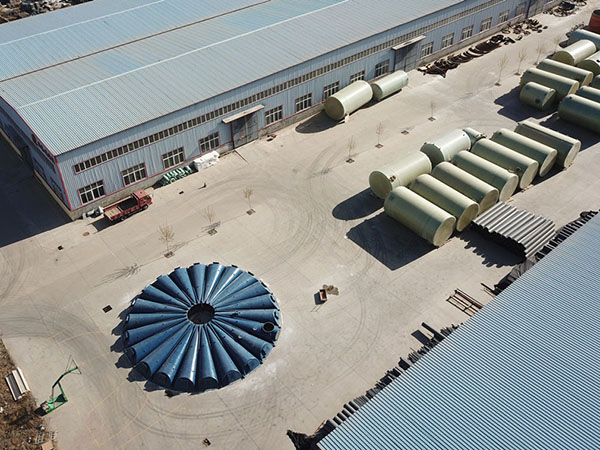
-
 Afrikaans
Afrikaans -
 Albanian
Albanian -
 Amharic
Amharic -
 Arabic
Arabic -
 Armenian
Armenian -
 Azerbaijani
Azerbaijani -
 Basque
Basque -
 Belarusian
Belarusian -
 Bengali
Bengali -
 Bosnian
Bosnian -
 Bulgarian
Bulgarian -
 Catalan
Catalan -
 Cebuano
Cebuano -
 China
China -
 China (Taiwan)
China (Taiwan) -
 Corsican
Corsican -
 Croatian
Croatian -
 Czech
Czech -
 Danish
Danish -
 Dutch
Dutch -
 English
English -
 Esperanto
Esperanto -
 Estonian
Estonian -
 Finnish
Finnish -
 French
French -
 Frisian
Frisian -
 Galician
Galician -
 Georgian
Georgian -
 German
German -
 Greek
Greek -
 Gujarati
Gujarati -
 Haitian Creole
Haitian Creole -
 hausa
hausa -
 hawaiian
hawaiian -
 Hebrew
Hebrew -
 Hindi
Hindi -
 Miao
Miao -
 Hungarian
Hungarian -
 Icelandic
Icelandic -
 igbo
igbo -
 Indonesian
Indonesian -
 irish
irish -
 Italian
Italian -
 Japanese
Japanese -
 Javanese
Javanese -
 Kannada
Kannada -
 kazakh
kazakh -
 Khmer
Khmer -
 Rwandese
Rwandese -
 Korean
Korean -
 Kurdish
Kurdish -
 Kyrgyz
Kyrgyz -
 Lao
Lao -
 Latin
Latin -
 Latvian
Latvian -
 Lithuanian
Lithuanian -
 Luxembourgish
Luxembourgish -
 Macedonian
Macedonian -
 Malgashi
Malgashi -
 Malay
Malay -
 Malayalam
Malayalam -
 Maltese
Maltese -
 Maori
Maori -
 Marathi
Marathi -
 Mongolian
Mongolian -
 Myanmar
Myanmar -
 Nepali
Nepali -
 Norwegian
Norwegian -
 Norwegian
Norwegian -
 Occitan
Occitan -
 Pashto
Pashto -
 Persian
Persian -
 Polish
Polish -
 Portuguese
Portuguese -
 Punjabi
Punjabi -
 Romanian
Romanian -
 Russian
Russian -
 Samoan
Samoan -
 Scottish Gaelic
Scottish Gaelic -
 Serbian
Serbian -
 Sesotho
Sesotho -
 Shona
Shona -
 Sindhi
Sindhi -
 Sinhala
Sinhala -
 Slovak
Slovak -
 Slovenian
Slovenian -
 Somali
Somali -
 Spanish
Spanish -
 Sundanese
Sundanese -
 Swahili
Swahili -
 Swedish
Swedish -
 Tagalog
Tagalog -
 Tajik
Tajik -
 Tamil
Tamil -
 Tatar
Tatar -
 Telugu
Telugu -
 Thai
Thai -
 Turkish
Turkish -
 Turkmen
Turkmen -
 Ukrainian
Ukrainian -
 Urdu
Urdu -
 Uighur
Uighur -
 Uzbek
Uzbek -
 Vietnamese
Vietnamese -
 Welsh
Welsh -
 Bantu
Bantu -
 Yiddish
Yiddish -
 Yoruba
Yoruba -
 Zulu
Zulu
Understanding the Benefits and Applications of FRP Tee in Modern Construction
Understanding FRP Tee An Innovative Solution in Composite Materials
In recent years, the construction and manufacturing industries have witnessed a significant shift towards the use of advanced materials, particularly in the realm of pipes and fittings. Among these materials, Fiber Reinforced Polymer (FRP) has emerged as a game-changer, offering distinctive advantages over traditional metal and plastic alternatives. One specific component that exemplifies the benefits of FRP is the FRP tee. This article will delve into the characteristics, applications, and benefits of FRP tees, highlighting their importance in modern engineering.
What is FRP?
Fiber Reinforced Polymer (FRP) is a composite material made of a polymer matrix reinforced with fibers, usually glass, carbon, or aramid. This combination provides superior strength-to-weight ratios, corrosion resistance, and durability, making FRP an ideal choice for various applications across multiple sectors, including construction, transportation, and water management.
What is an FRP Tee?
An FRP tee is a type of fitting used in piping systems, designed to join three sections of pipe at a T-shaped junction. It is particularly useful in applications where fluids need to be diverted or combined. FRP tees are formed using pultrusion, a process that involves pulling reinforced fibers through a resin bath to create continuous lengths of material. This manufacturing technique allows for uniform strength and enhanced performance characteristics.
Characteristics of FRP Tees
FRP tees possess several key characteristics that make them superior to their traditional counterparts
1. Corrosion Resistance One of the most significant advantages of FRP tees is their resistance to corrosion. Unlike metal fittings, which can rust and degrade over time, FRP tees can withstand harsh chemicals and environmental conditions, making them ideal for chemical processing plants and marine applications.
2. Lightweight FRP materials are significantly lighter than metals, which reduces the overall weight of the piping system. This lightweight nature aids in easier transportation and installation, ultimately lowering labor costs and making it a more efficient choice in many situations.
frp tee

3. Strength and Durability FRP tees provide excellent mechanical strength and can handle high pressures, making them suitable for various industrial applications. Their durability ensures that they maintain integrity over long periods, even in challenging environments.
4. Thermal Insulation FRP does not conduct heat well, which can be an advantage in applications requiring thermal insulation. This property helps in reducing energy costs and improving the efficiency of heating or cooling systems.
Applications of FRP Tees
Given their myriad advantages, FRP tees find applications in various fields
- Water and Wastewater Management In municipal systems, FRP tees are used to transport potable water, as well as in wastewater treatment plants, due to their corrosion resistance. - Chemical Processing Many industries that handle aggressive chemicals prefer FRP tees for pipeline junctions, ensuring safety and efficiency in their operations.
- Marine Industry The anti-corrosive properties of FRP make it a popular choice for applications in boats and ships, where exposure to saltwater is a significant concern.
- Construction In building applications, FRP tees can be utilized in reinforcement systems, helping to construct lightweight yet strong structures.
Conclusion
The advancement of materials technology has paved the way for innovative solutions in engineering and construction, with FRP tees standing at the forefront. By integrating FRP tees into piping systems, industries can benefit from enhanced durability, reduced maintenance, and improved overall performance. As the demand for sustainable and efficient materials continues to rise, the adoption of FRP components like tees is set to grow, making them a pivotal element in the future of industrial applications. Embracing these modern materials will not only transform existing practices but also pave the way for a more efficient and environmentally friendly future.









